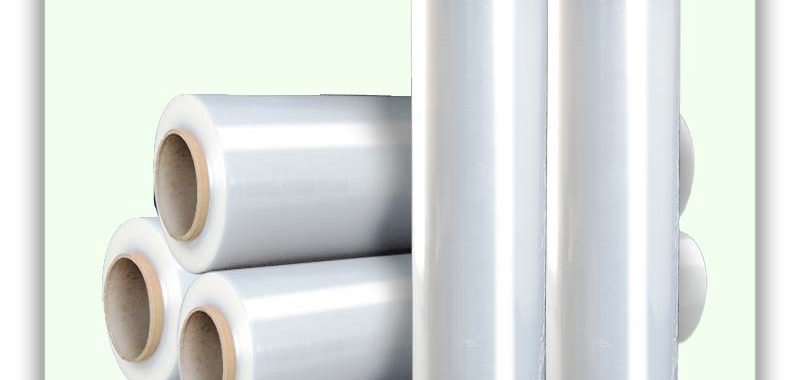Beyond Basic Wrapping: How to Select the Optimal Film Type to Reduce Costs, Enhance Efficiency, and Ensure Shipment Integrity
For logistics and warehouse managers across the US, the question isn’t just “what stretch film should I buy?” but “what is the best stretch film for optimizing my entire operation?” The truth is, the “best” film is not a one-size-fits-all product; it’s the one that delivers the perfect balance of cost, performance, and efficiency for your specific needs.
The choice primarily hinges on three core film types: Cast, Blown, and Pre-Stretch Films. Each is engineered with distinct properties that make it ideal for certain applications.
Cast Stretch Film is manufactured through a cooling and quenching process. It is known for its exceptional clarity, high quietness during application, and superior tear resistance. Its key advantage is excellent pre-stretch capability (often 250-300%), meaning you get more lineal feet per roll, significantly reducing your cost-per-pallet. It’s the go-to choice for high-volume, automated warehouses with uniform pallets.
Blown Stretch Film is created using an inflation process, resulting in a tougher, more durable film. Its signature characteristic is higher puncture resistance and superior load retention due to its inherent “give.” While slightly more expensive and less clear than cast film, it is indispensable for securing irregular, heavy, or sharp-edged loads common in industries like manufacturing and construction.
Pre-Stretch Film (often a subset of Cast Film) is pre-elongated at the factory. It is lighter, requiring less physical effort to handle, and can reduce shipping costs due to its lower weight. It’s an excellent option for operations using manual hand-wrappers, as it reduces operator fatigue.
Comparison Table: Choosing the Best Stretch Film for Your US Operation
| Film Type | Key Characteristics | Best For | Operational Impact |
|---|---|---|---|
| Cast Stretch Film | High clarity, quiet, excellent pre-stretch (250%+), good tear resistance. | High-speed automated wrapping, uniform pallets, general warehouse use. | Lowers Cost-Per-Pallet: Maximizes film yield. Improves efficiency on automated lines. |
| Blown Stretch Film | High puncture resistance, superior load hold, slightly sticky/hazy. | Irregular loads, sharp-edged goods, heavy industrial products, long-distance shipping. | Reduces Damage: Provides maximum security for high-risk shipments. Lowers product loss. |
| Pre-Stretch Film (Handwrap) | Lighter weight, easy to handle, reduced muscle fatigue. | Manual pallet wrapping, low-to-medium volume operations, ergonomic focus. | Increases Labor Efficiency: Allows for faster, less strenuous manual wrapping. |
Making the Strategic Choice: Key Questions to Ask
To identify your “best” film, answer these questions:
- What is my load profile? (Uniform vs. Irregular/Sharp)
- What is my wrapping method? (High-Speed Machine vs. Manual Wrap)
- What are my transportation risks? (Short-haul vs. Cross-country bumpy roads)
- What is my total cost goal? (Lowest film cost vs. Lowest cost including damage and labor)
Conclusion
The search for the best pallet wrap is a strategic investment in your supply chain’s resilience. By moving beyond a commodity mindset and selecting a film engineered for your specific challenges, you unlock significant savings and build a more reliable shipping process. Partner with a supplier who can provide data-driven recommendations and samples to validate performance in your own facility.
Contact Us for Custom Sizes & Private Label Options
Email:packing@siliangdi.com
Email:SLD@siliangdi.com
